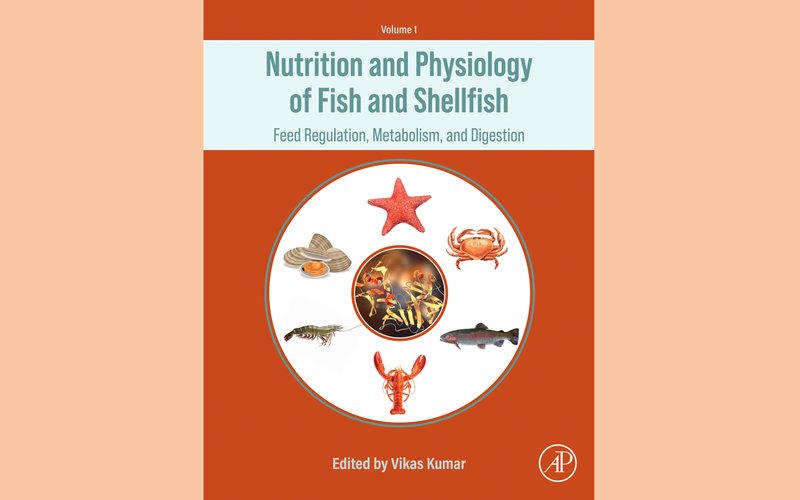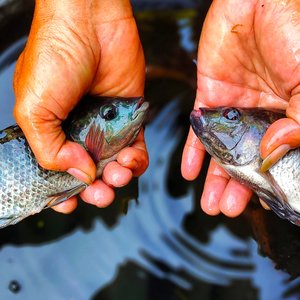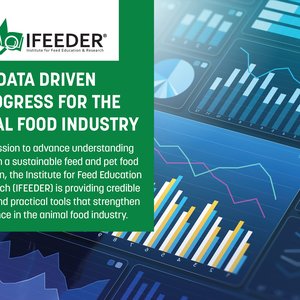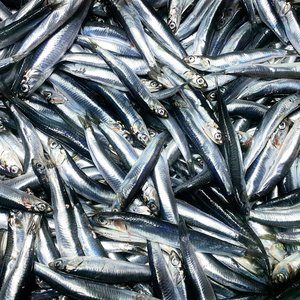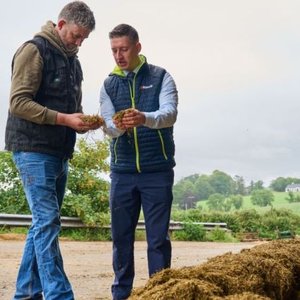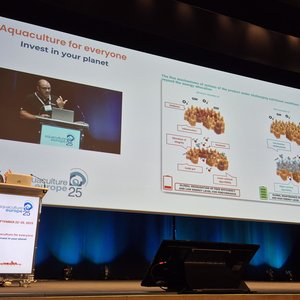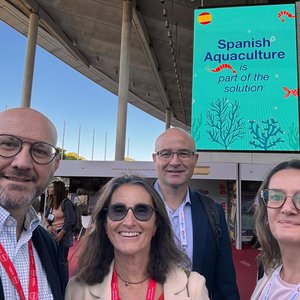A newly released reference book, Nutrition and Physiology of Fish and Shellfish: Feed Regulation, Metabolism and Digestion, offers a comprehensive overview of current knowledge and emerging insights into nutrient metabolism, intestinal transport, and taste physiology in aquatic species. Authored by an international team of experts and edited by Vikas Kumar, the book provides detailed information on nutrient requirements, deficiency impacts, digestion, and energy metabolism in fish. It also explores feed preparation techniques, nutrient sources, and practical guidance for designing nutrition and feeding experiments.
Aimed at academic researchers, aquaculture professionals, and graduate students, the volume combines classical principles with modern approaches, making it a valuable resource for those involved in aquaculture nutrition, research, and feed development.
Book content
Section 1
The book starts with an introduction from Ronald W. Hardy that gives an overview of the history of fish nutrition, current developments and future directions.
Section 2. Chemistry of nutrients
- Chemistry and sources of protein by Vikas Kumar, Janice A. Ragaza and Brett Glencross presents an overview of amino acids and proteins, its chemistry, digestibility and use in aquafeeds.
- Chemistry and sources of lipids by David S. Francis, Matthew K. Jago, Michael J. Salini, Giovanni M. Turchini and Thomas S. Mock presents an overview of lipid chemistry, a breakdown of key lipid sources and their inclusion into aquafeeds.
- Chemistry and sources of carbohydrates by Vikas Kumar, Janice A. Ragaza, Kedar N. Mohanta, Shivendra Kumar and Narottam P. Sahu presents an overview of carbohydrate sources, digestibility and use in aquafeeds.
Section 3. Feed regulation
- Regulation of food intake in teleost fish by José L. Soengas, Marta Conde-Sieira and Ayelén M. Blanco reviews the existing knowledge about food intake regulation in teleost fish and highlights those specific features making this group special when compared with the remaining vertebrates.
- Gustatory system and implications for feeding in fish by Sofia Morais and Alexander O. Kasumyan provides basic knowledge about the gustatory system in fish and how its understanding can promote a better use of aquafeeds.
Section 4. Metabolism
- Protein homeostasis by Noah Esmaeili, Krishna P. Singha and Vikas Kumar reviews cellular and molecular processes in protein homeostasis modulate the ability of organisms to tackle environmental stressors or optimize growth and health.
- Metabolism of protein: metabolic transformation of dietary amino acids in fish and shrimp by Delbert M. Gatlin III and Guoyao Wu discusses the metabolic transformations of various amino acids in fish and shrimp species.
- Lipid metabolism in fish and shellfish by Zhen-Yu Du, Óscar Monroig, Covadonga Rodríguez, Diego Garrido and Douglas R. Tocher provides an overview of the mechanisms by which aquatic animals biosynthesize fatty acids (FA) and other essential lipids such as phospholipids (PL) and cholesterol (CHO).
- Metabolism of carbohydrates by Vikas Kumar, Paula Enes, Krishna P. Singha, Noah Esmaeili, José L. Soengas and Stephane Panserat provides an overview of carbohydrate metabolism in fish and crustaceans.
- Nutrition and metabolism of vitamins by Vikas Kumar, Noah Esmaeili, Krishna P. Singha, Janice A. Ragaza and Viviane Verlhac-Trichet explores the current knowledge around the role of vitamins and recent advances in fish and crustaceans research.
- Minerals by Shozo Sugiura and Shuichi Satoh presents nutritional importance of certain trace elements and the current knowledge of micro minerals in fish and crustaceans.
- Bioenergetics by Chris G. Carter, Shuangyao Wang and Mohamed Basseer Codabaccus outlines different aspects of whole-animal bioenergetics of fish and shellfish, aquatic ectotherms that are very different to terrestrial endotherms including farm animals and humans.
Section 5. Muscle physiology
- Nutritional regulation of myogenesis and muscle physiology by Peggy Biga, Beth Cleveland and Ken Overturf provides an overview of muscle growth and regulation.
Section 6. Digestive organs and functions
- Fish digestive physiology by Neda Gilannejad, Koji Murashita, Michael Habte-Tsion, Ingvill Tolås, Tiziano Verri and Ivar Rønnestad discusses the different digestive organs and their functions in the context of the whole system
- Digestive anatomy and physiology of shrimp by Lucía Elizabeth Cruz-Suárez, Mayra Lizett González-Félix and Martin Perez-Velazquez describes the digestive tract anatomy and physiology of the penaeid shrimp species that are relevant to aquaculture.
- Feeding, digestion and nutrition of marine bivalve suspension-feeders - a synopsis by Chris Langdon provides detailed descriptions of bivalve nutrition and various algal and artificial food sources.
- Nutrition of Echinozoa by Joséphine Pierrat, Emaline M. Montgomery, Christopher M. Pearce, Igor Eeckhaut and Patrick Frouin summarizes current knowledge of sea urchin nutrition in both natural and farming environments.
- Nutrition and digestive physiology of lobsters and crabs by Mohamed Basseer Codabaccus and Chris G. Carter discusses how lobsters and crabs obtain, consume, and digest feed including the mechanism thereof and with overall implications for formulated feed development.
This book follows the recently published Feed and Feeding for Fish and Shellfish: Nutritional Management, also edited by Vikas Kumar, which serves as a reference book for aquaculture industry professionals seeking information on feed, nutrition, metabolism, and overall health in the aquaculture industry.


